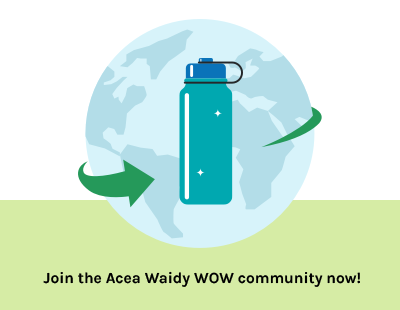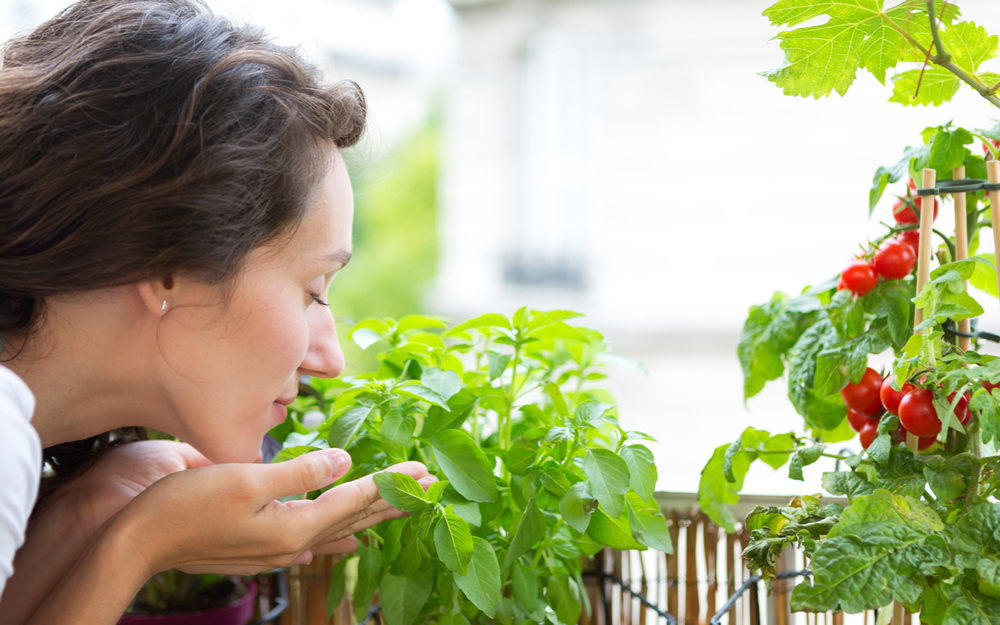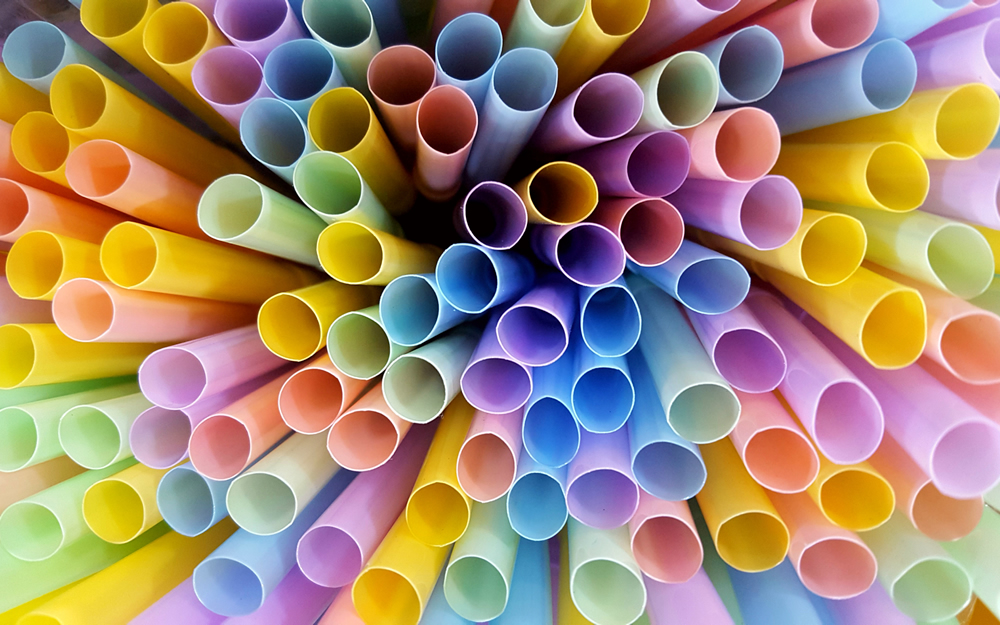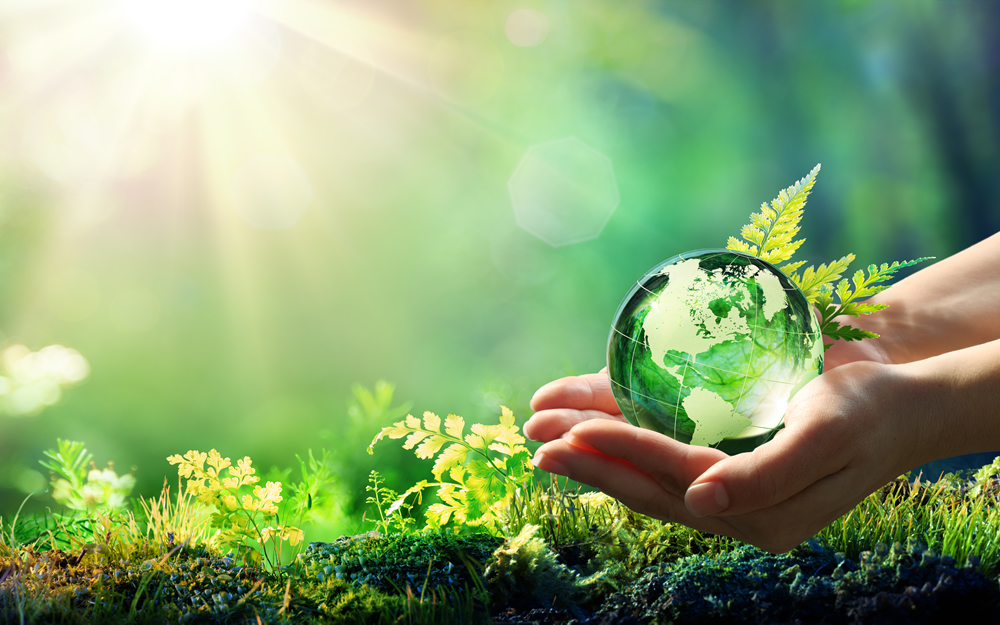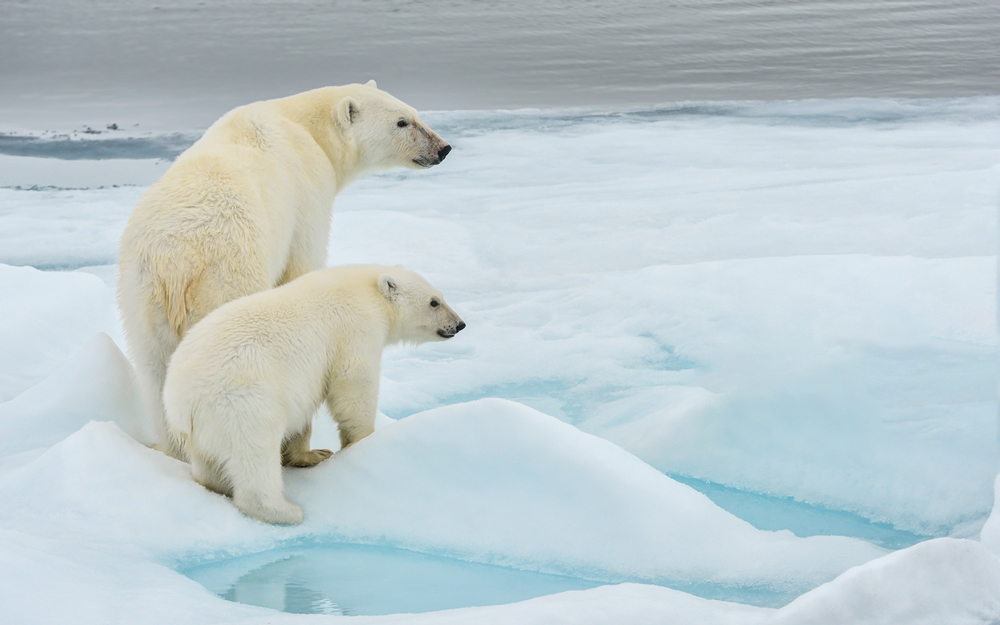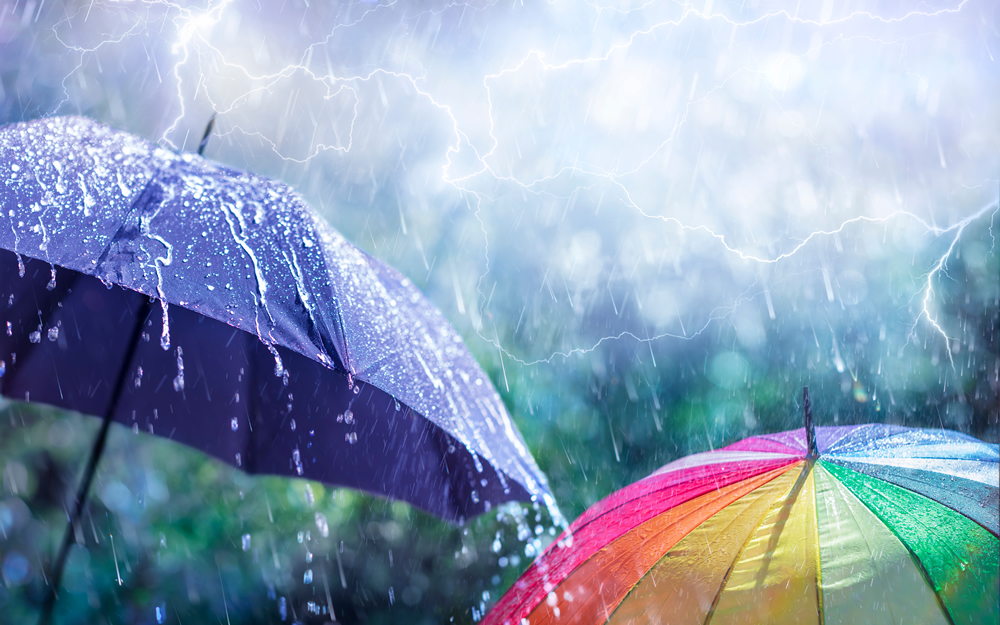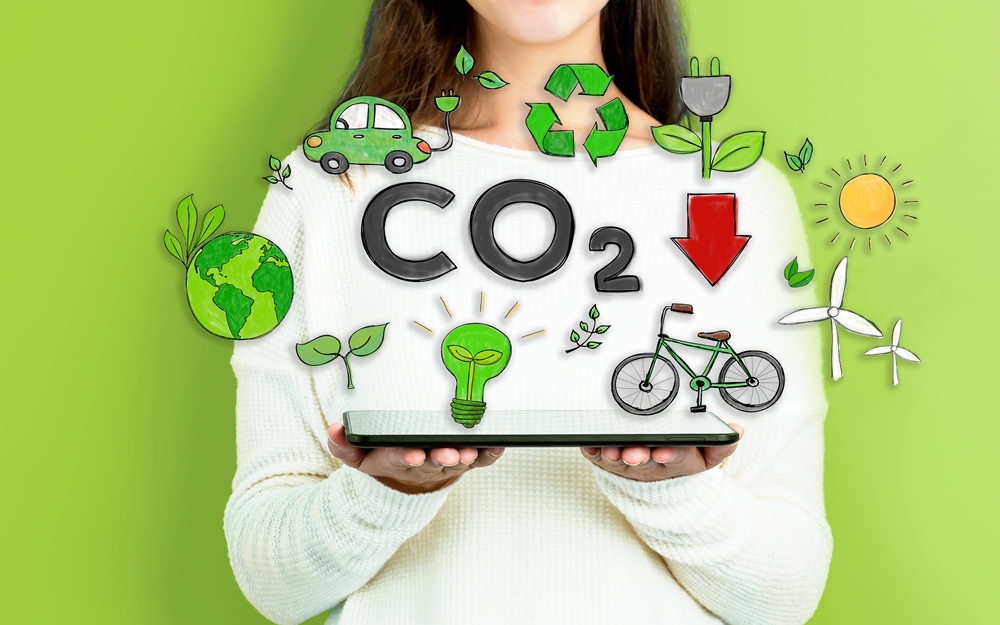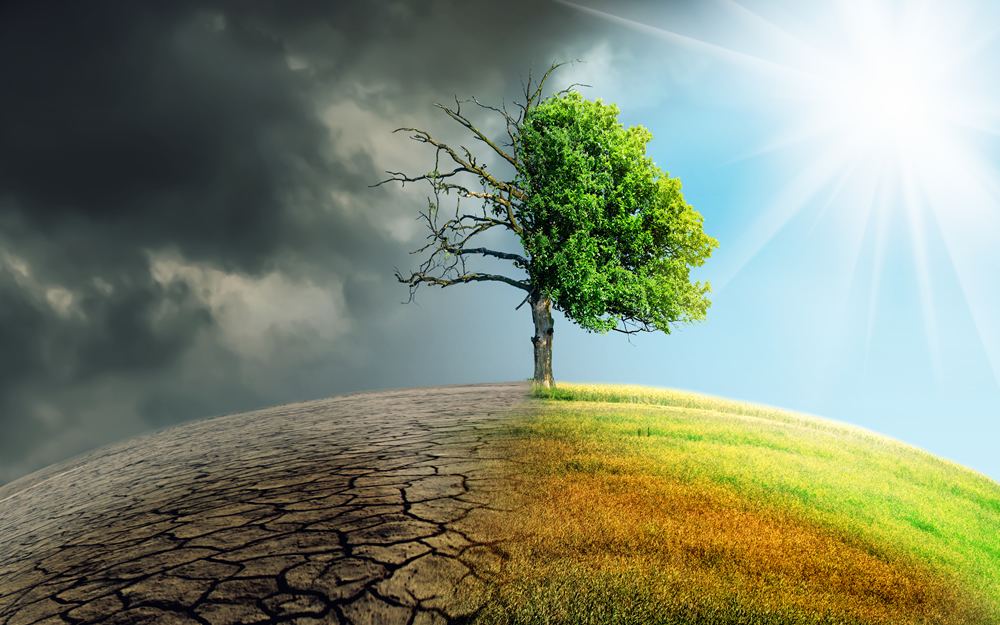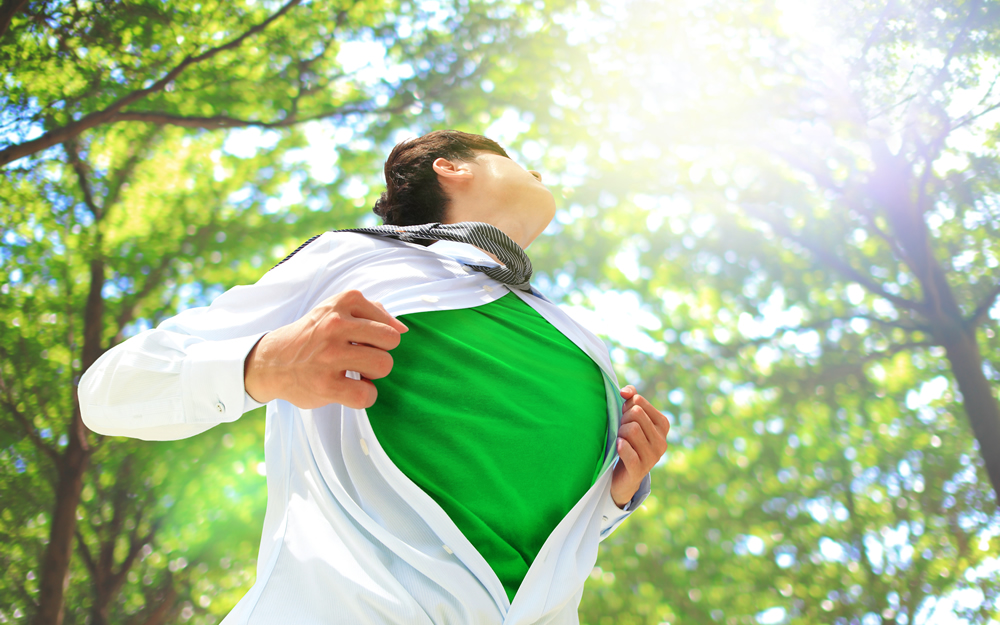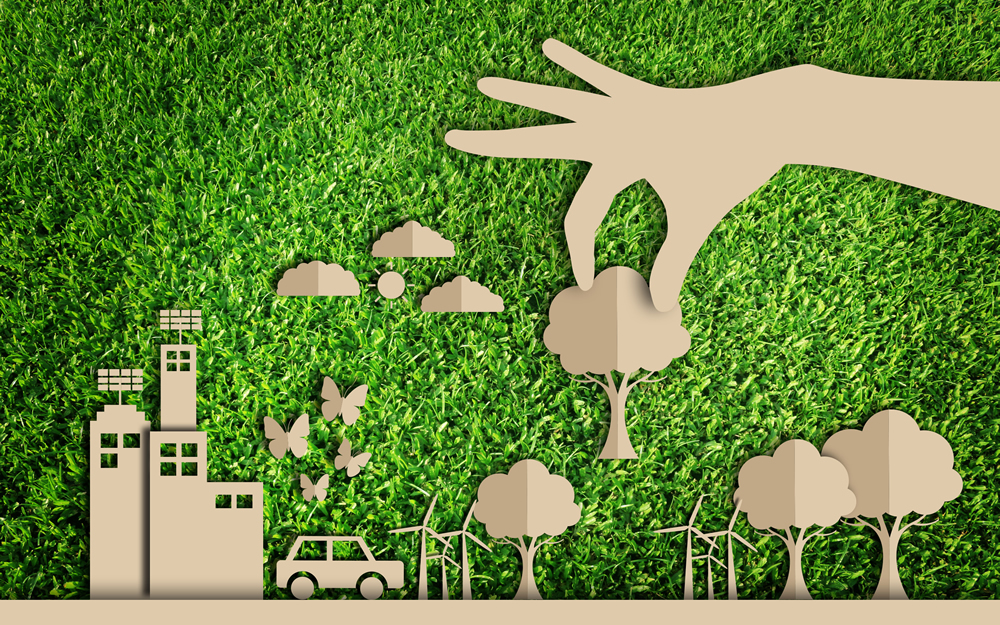- Home /
- Green stories /
- Not sure how to recycle something? An app will tell you!
Not sure how to recycle something? An app will tell you!
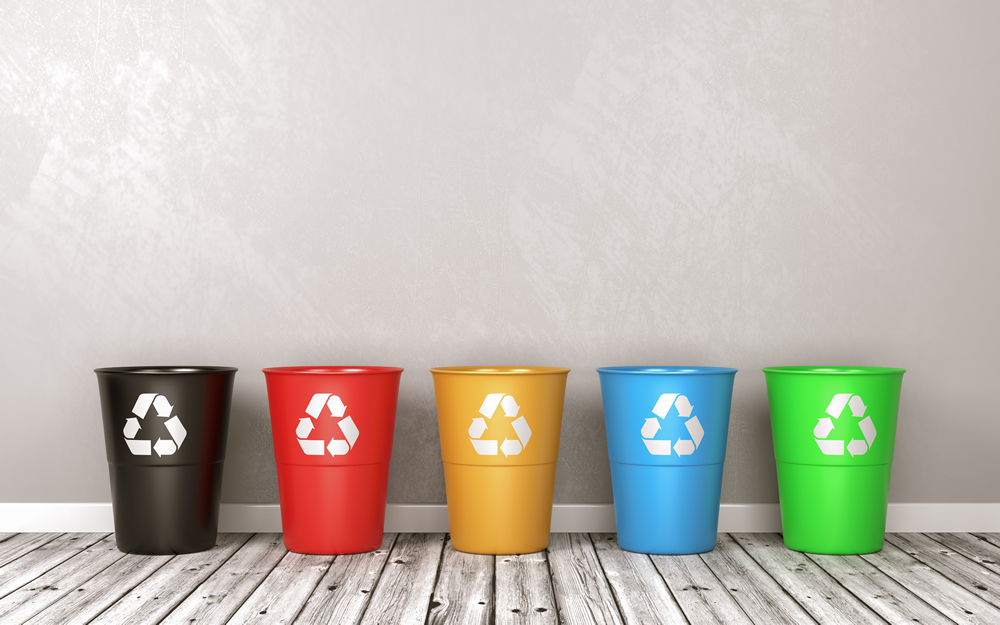
It is safe to say that we have been accustomed to recycled for years now. But, we must admit, that sometimes we still ask: "And where do I throw this out?". So, what should we do in these cases? Easy: use technology! In fact, you just have to download an app that can dispel any doubts, and help you recycle correctly. In this article, we see the best waste collection apps and useful tips on how to reduce the amount of waste produced with the help of Acea Waidy Wow!
Junker, the barcode recycling app
One of the most advanced and popular waste collection apps is Junker. It is an actual personal assistant that can recognize a product from its barcode or even from a simple photo.
After identifying the product, the app lets you know in real time what materials it is made of and how it should be disposed of. But that’s not all. Since the rules of waste collection may vary from area to area, with the use of geolocation, Junker customizes the information. Simple, fast and always in your smartphone!
<Waste collection: many apps to download
We talked about Junker, but it certainly is not the only app that can help us recycle correctly. Let’s take a look at a few of the other options available.
- Microbiological parameters. When it comes to water, the first thing we want to be sure of is that it is safe. The analysis of these parameters aims precisely at excluding the presence of microbial groups that could compromise the hygienic-sanitary assessment of the water. A few examples? Coli, enterococci, coliforms and other pathogenic microorganisms that are definitely unwanted and dangerous for our health.
- Chemical parameters. In addition to germs and microorganisms, the analysis conducted on drinking water also regularly measures the presence of potentially toxic substances, such as pesticides, arsenic, lead, mercury, nickel and other dangerous chemicals for which strict parameters, that cannot under any circumstance be exceeded, are in place.
- Indicator parameters. Indicator parameters are certainly the ones we know best. In fact, we often check water hardness (i.e. the concentration of calcium and magnesium) because, when high, it can cause annoying limescale build up. Equally well known is fixed residue, that indicates the amount of mineral salts dissolved in the water, and the pH, the indicator that estimates the acidity of water. But these are certainly not the only ones: the parameters that measure the presence of sodium, residual disinfectant, iron, sulfate and various others are also in this category.
A tip: let’s reduce waste!
Recycling is essential. But reducing the amount of waste we produce is even more so. To do this, you can start with the simplest actions.
A few examples? Eliminate the use of plastic bottles at home by drinking tap water, and when out and about, bring a bottle with you to fill up at public fountains. In an instant, the Acea Waidy Wow app will help you find the closest water point, where you can fill your water bottle with fresh, free and sustainable water.
